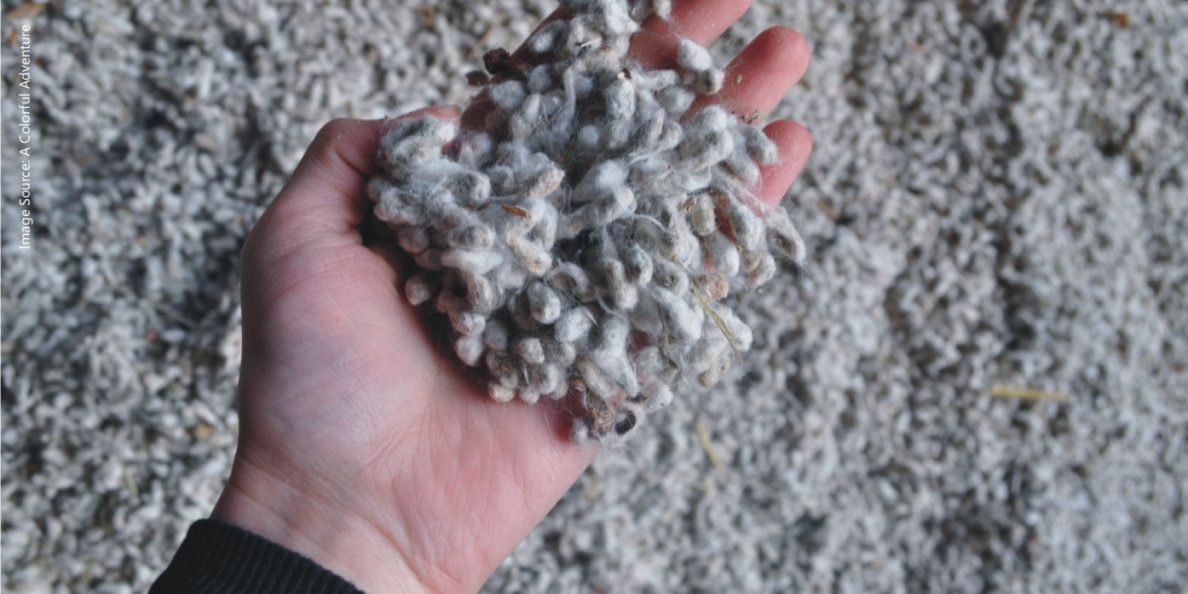Cotton seed exports to China remain in limbo due to a dispute over whether seed from Bollgard 3 cotton varieties has the right approvals.
LEADING cotton seed exporters say they will not book any business into China until a long-running trade issue surrounding the Bollgard 3 suite of genetically modified (GM) traits is resolved.
The issue has been bubbling along since late last year when it emerged China would not issue import permits for cotton seed grown from Bollgard 3 varieties, in spite of the traits present being approved in other formats in both Australia and China.
The bad news for the cotton seed trade is that there is no swift resolution in sight.
Tony May, managing director of Monsanto Australia, the company that owns the Bollgard 3 trait, said he could not put a timeline on when the situation would be sorted.
“Unfortunately, we can’t give an indication as to when the issue will be resolved.”
The process being undertaken requires further Australian government regulatory approval, meaning any green light is highly unlikely to occur before the current 2017-18 cotton crop is harvested.
Monsanto, along with Syngenta, which owns one of the traits present in Bollgard 3, Cotton Australia, the Australian Government and others are working to determine the correct process for winning approval for the group of traits stacked together.
As part of this process, a decision was made to apply for a standalone cultivation approval in Australia for one of the traits in Bollgard 3, COT 102.
Upon Monsanto’s request, Syngenta, which own the COT102 trait, submitted this application in June 2017.
On 15 November 2017, the OGTR released the COT102 application for public comment, with the public comment period closing on January 10, 2018, meaning the OGTR decision is some way off yet.
Following that, the required paperwork will be submitted to China and a decision will be made as to whether this is deemed sufficient to issue export permits.
Geoff Shirtcliff, Namoi Cotton cotton seed trading manager, said his company was not planning any business with Chinese buyers until there was clarity around the situation.
“It is a big issue and we are not willing to take on the risk unless there is certainty about whether we can send the cotton seed there.”
“From the grower point of view it has meant we are less committed in terms of what we have bought at this of year compared to where we are usually.”
Peter McBride, spokesperson for Cargill Australia, a major cotton seed exporter, said the issue had the potential to drag cotton seed prices down in Australia.
“With cotton seed production in Australia forecasted to increase considerably next year access to the Chinese market is required,” he said.
“The continued uncertainty regarding cottonseed exports into China means it is likely that this issue could place continued downward pressure on Australian cottonseed prices.”
Wayne Newton, AgForce grains section president, said while cotton seed was not the major determining factor in whether or not to plant cotton, it was an issue that needed to be addressed.
“Cotton seed doesn’t sway planting decisions, but it is the icing on cake, so we’d like to see it resolved.”
He said cotton seed made up around 15 per cent of the income from a cotton crop, depending on both lint and seed prices.
The hold-up is a dampener for those growing Bollgard 3, which performed outstandingly well in terms of agronomics in its first year last season.
Bollgard 3 technology was created when the Vipcot gene, produced by Syngenta, used to help control the damaging Helicoverpa species of moth, was added to the Bollgard II trait.
According to official Australian Bureau of Statistics data, China has been the second biggest buyer of Australian cotton seed in the past three years, behind Japan.
The import issues relate solely to cotton seed, not to cotton lint.
It is estimated more than 400,000ha of Bollgard 3 cotton will be planted by Australian growers this season.


